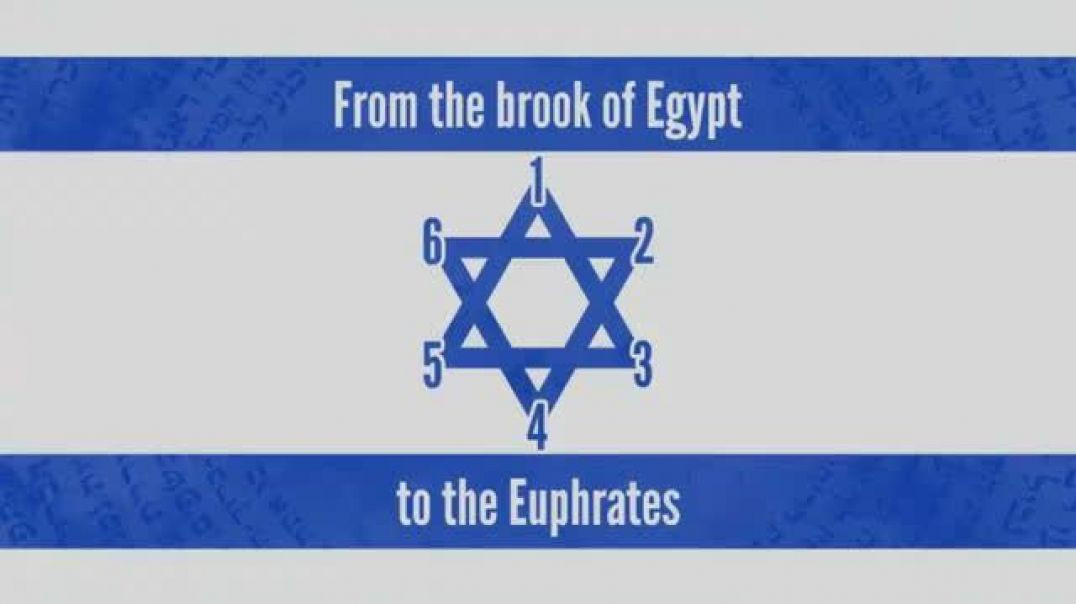Live streaming on Altcast.TV is now available!
#303
Gematria in Freemasonry
Freemasonry and the Cabala
The most comprehensive exposition of Literal Cabala published by a Freemason is, The Canon (1897). William Stirling, the author of this work makes it plain that Freemasonry has a deep interest in the Kabbalah:
' (Qabalah) . . . formed an important part of the Masonic traditions, and undoubtedly contains the nearest approach to a direct revelation of the ancient canonical secrets of the old world;' (1)
We are also informed that the Brotherhood in its higher degrees is deeply concerned with the cabala. Albert Mackey, in the authoritative Encyclopedia of Freemasonry , asserts that cabala is, " . . . intimately connected with the symbolic science of Freemasonry," (2). He goes on to say that:
Much use of it is made in the advanced degrees, and entire rites have been constructed on its principles. Hence it demands a place in any general work on Freemasonry.
More recently, Thomas D. Worrel spelled out, in a paper delivered to the Allied Masonic Degrees Britannia Lodge #303, where in Masonry the Cabala is mainly to be found:
Some of our rites have obvious kabbalistic influence, such as the 28th degree of the Ancient and Accepted Scottish rite which is called: "The Knight of the Sun". (3)
Albert Pike is yet another well-respected Mason avowing the central place of cabala within the craft. He wrote: "Masonry is a search after Light. That search leads us directly back, as you see, to Kabalah" (4). He also confirmed for us that Kabalah lies at the heart of Masonic cryptography, "All the Masonic associations owe to it their Secrets and Symbols" (5). Pike seems o have regarded Knight of the Sun as an extraordinarily important degree, for he devoted no less than 219 pages of Morals and Dogma to an exposition of it - far, far more than to any of the other degrees (6). The largest single chunk of this chapter is taken up by fifteen pages of a 'Lecture of the Kabalists'. This starts in the form of a 'Masonic question and answer ritual', concerning the numerical mysteries of the cabala, and is prefaced by the words, 'Omnia in numeris sita sunt' - 'Everything lies veiled in numbers' (7).
Pike tells us that not only is cabala 'the key of the occult sciences', but that this key turns on the secret science of numbers - a big hint about the nature of Masonic cryptology.
Brother Thomas Worrel is more explicit than Pike about how cabalistic numerology is employed in practical terms as a cryptic technique, and cites another eminent Freemason in his exposition (8):
Gematria is based on the idea that words having the same value, have correspondences in meaning (9).
The Magical Language is a mode of cryptic writing used to preserve and transmit the practical secrets of the Western Tradition of Ageless Wisdom. It is an artificial language, combining Hebrew, Greek and Latin elements. Its outstanding characteristic is that the letters of the three alphabets it employs serve also as numbers. Consequently, every word, phrase, or sentence is also a number, the sum of the values of the letters (10).
We can see that the artificial language used by the ancient writers to conceal their initiatic secrets was essentially a language of numbers hidden from view, beneath the words, by means of gematria. Gematria is a viable cryptographic technique - and one of fundamental concern to the higher levels of Freemasonry. Some Freemasory's most enduring secrets are thereby hidden.
Read more at https://shake-scene.com/Masonry%20and%20Cabala.htm
Source: https://www.bitchute.com/video/frVOtxvJyeGp

